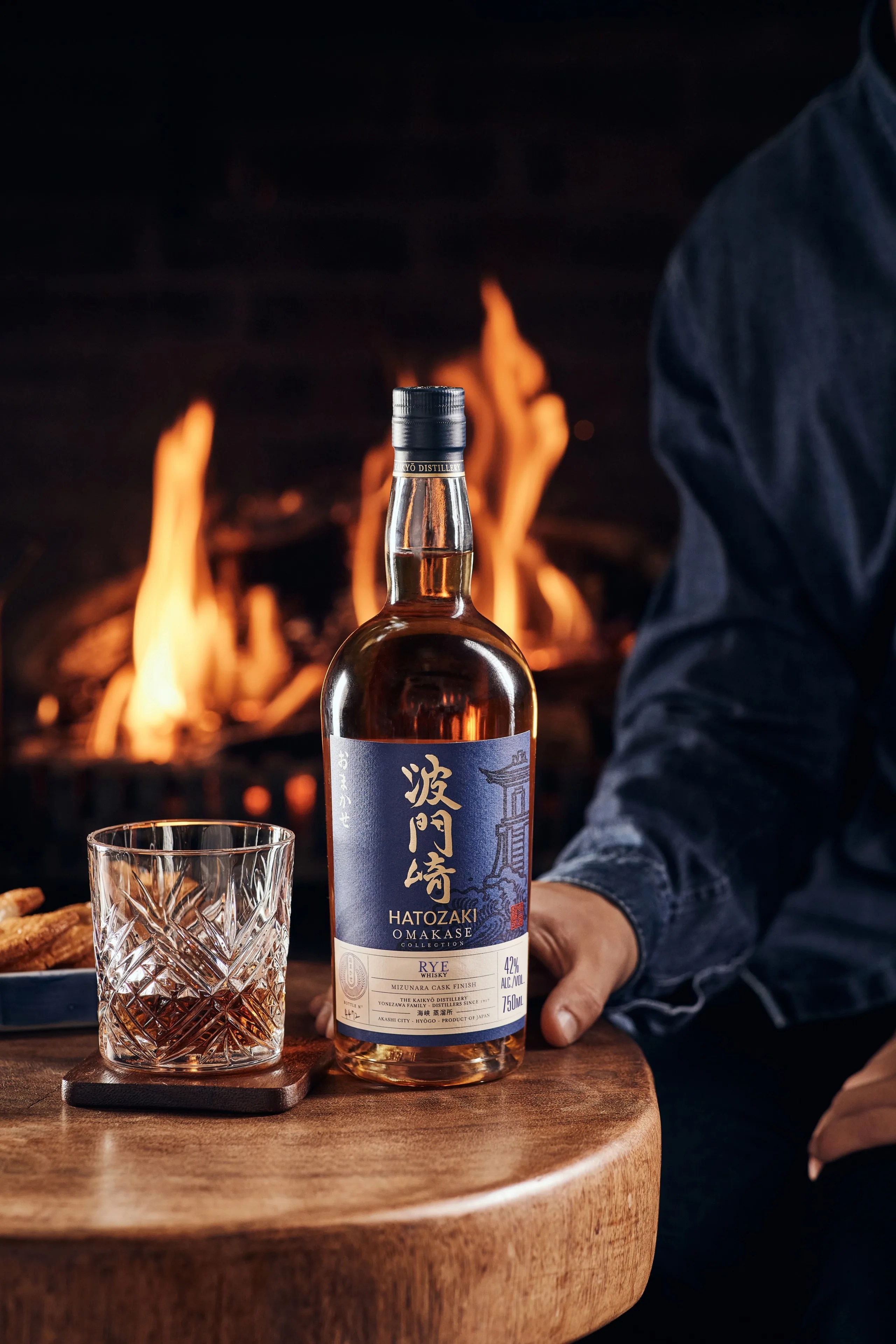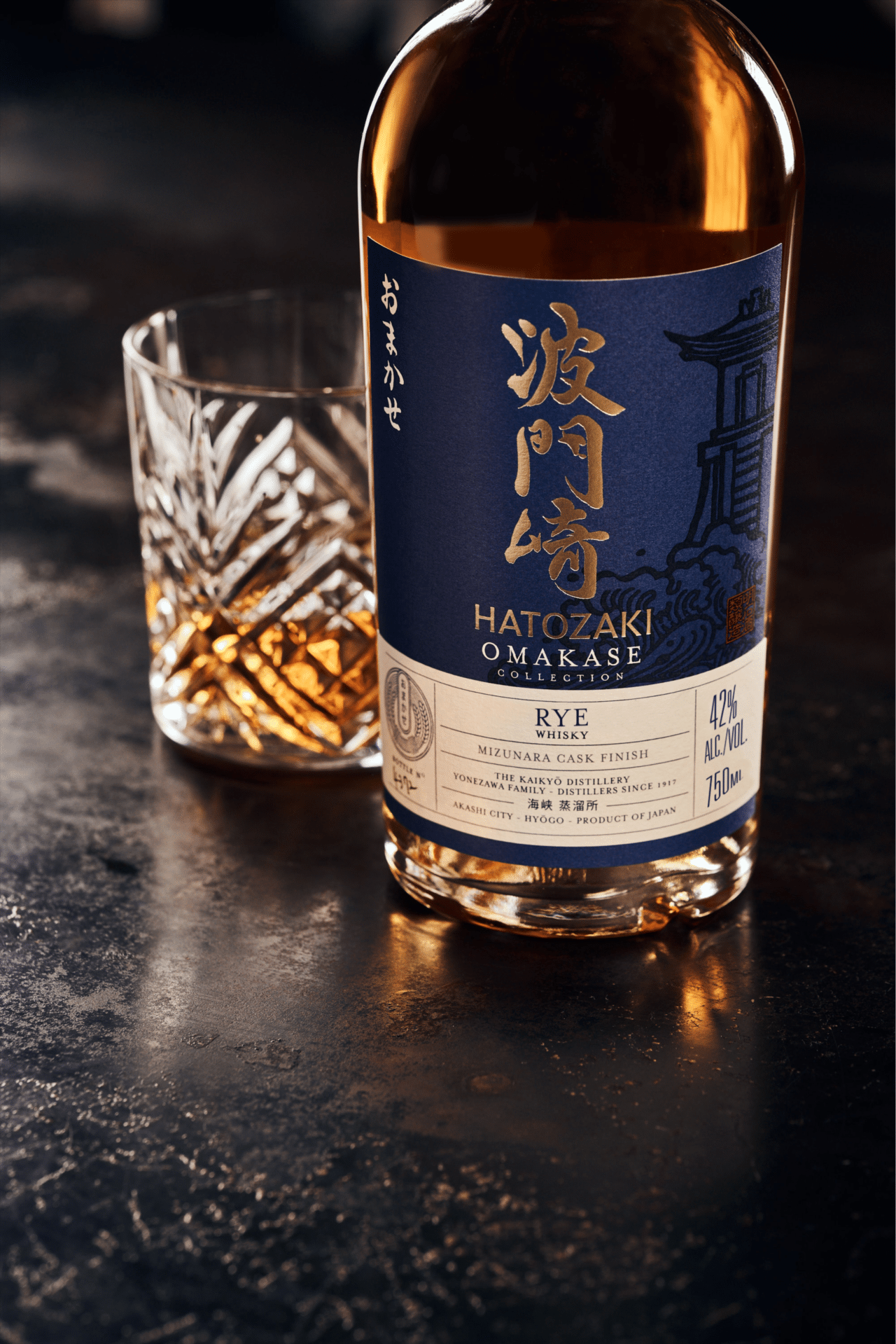If there ever was a bottle to showcase the absurdity of the American Whiskey market in 2024, this is definitively it.
The story of this bottle of Hatozaki Whisky, the third release in the brand’s Omakase series, begins with two aged rye whiskies sourced from two unnamed U.S. States.
Both aged ryes were then shipped to Japan, blended together and re-barreled into Japanese-native Mizunara Oak barrels for an undisclosed period.
Next, the blended spirit was bottled at 42% ABV in Japan and given a “Made in Japan” label per regulatory guidelines.
Finally, the batch of approximately 3,000 bottles were then shipped back over the ocean to be sold exclusively in the United States for a retail price of $95.

This is a symptom of the sickness we created.
It’s an inevitable outcome that happens when the American market develops an immediate and insatiable thirst for a product that, despite some interesting efforts to build shortcuts, still requires years of aging to produce.




